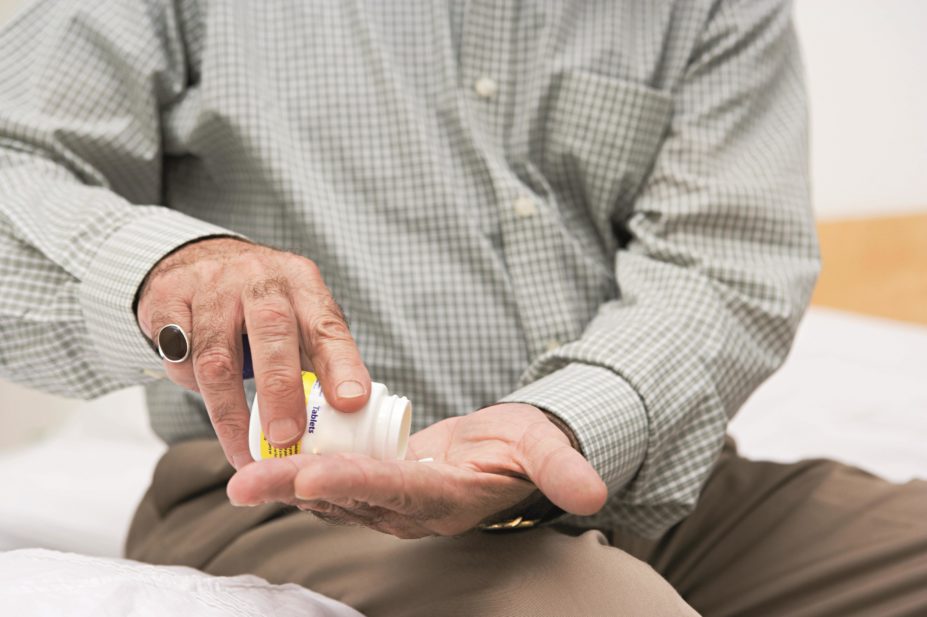
Image Source Plus / Alamy
Researchers have discovered a consistent dose-response relationship between paracetamol use and risk of mortality or cardiovascular, gastrointestinal or renal adverse events.
The team, led by Philip Conaghan from the Leeds Institute of Rheumatic and Musculoskeletal Medicine, says that the risks associated with taking the standard adult dose of paracetamol for pain relief are similar to those commonly associated with non-steroidal anti-inflammatory drugs.
The finding “suggests a considerable degree of paracetamol toxicity especially at the upper end of standard analgesic doses”.
“Prescribers need to be aware of patients’ individual responses to paracetamol and the observed increased toxicity with regular and higher dosing within standard analgesic dose ranges,” write the researchers in a paper published in Annals of
the Rheumatic Diseases
[1]
on 2 March 2015.
“Based upon the data, we believe the true risk of paracetamol prescription to be higher than currently perceived in the clinical community,” they add.
The researchers based their conclusions on a systematic literature review of adverse events and paracetamol use. They analysed data from eight observational studies that reported mortality or cardiovascular, gastrointestinal or renal adverse incidents in the general adult population.
Of two studies reporting mortality, one showed a dose-response increase in the relative rate of all-cause mortality from 0.95 (95% confidence interval 0.92–0.98) to 1.63 (CI 1.58–1.68).
Four studies revealed cardiovascular adverse events. All of them found a dose-response and one of them reported an increased risk ratio of all cardiovascular adverse events from 1.19 (CI 0.81–1.75) to 1.68 (CI 1.10–2.57).
Another study revealed a dose-response for gastrointestinal adverse incidents, with an increased relative rate of these kind of events or bleeds from 1.11 (CI 1.04–1.18) to 1.49 (CI 1.34–1.66).
Four studies reported renal adverse events associated with the use of paracetamol and, of those, three revealed a dose-response. One of the three studies also found that paracetamol users were more likely to have a reduced estimated glomerular filtration rate — which indicates how well the kidneys are working.
The researchers say that, given the wide use of paracetamol and its over-the-counter availability, there is a need for a systematic review of paracetamol’s efficacy and tolerability in individual conditions.
Conaghan also wants to see a longitudinal study over a period of time to confirm the findings. “We have to go back to basics,” he suggests. “Prescribers need to make sure that paracetamol is as safe as they think it is.”
Prescribers should also consider any potential risk that patients taking paracetamol may face if they are using multiple drugs or have co-morbidities.
Roger Knaggs, professor in clinical pharmacy at the University of Nottingham and a pain specialist, points out that paracetamol has been used safely for more than 50 years. “When used in normal doses for short periods, it is still effective for many types of pain,” he says.
“The studies included were not designed to determine whether this was a causal relationship, although for some adverse effects these were dose related,” adds Knaggs, who was not involved in the study. “Anybody with concerns about whether taking paracetamol in the long-term is causing harm should discuss their concerns with their GP or pharmacist.”


